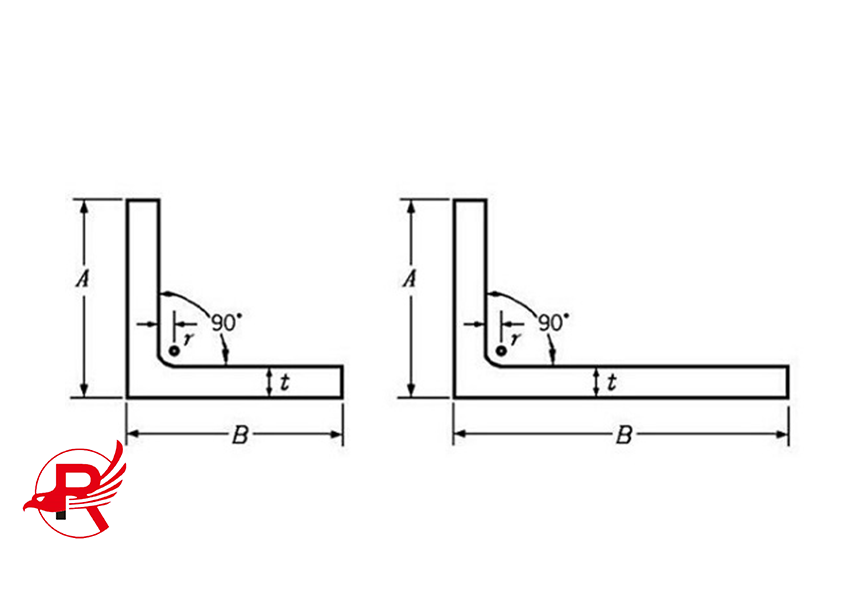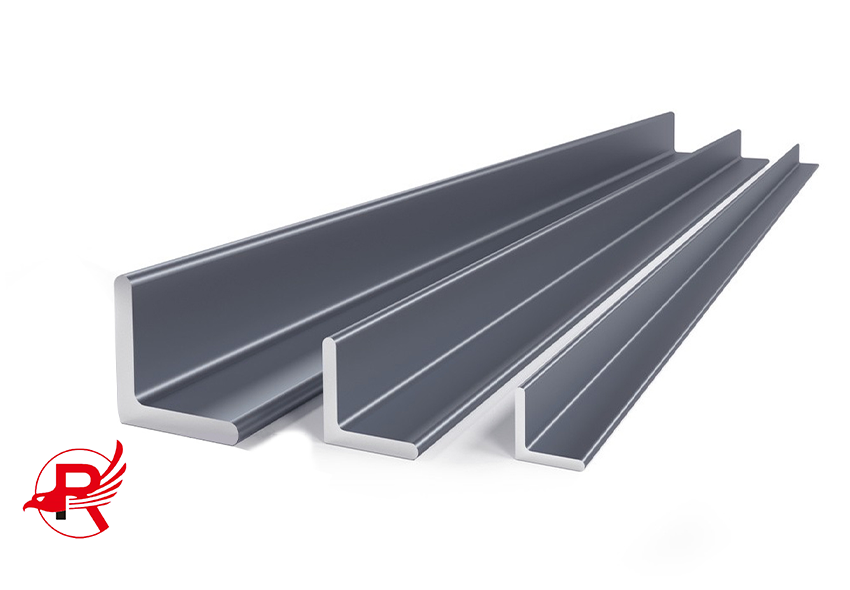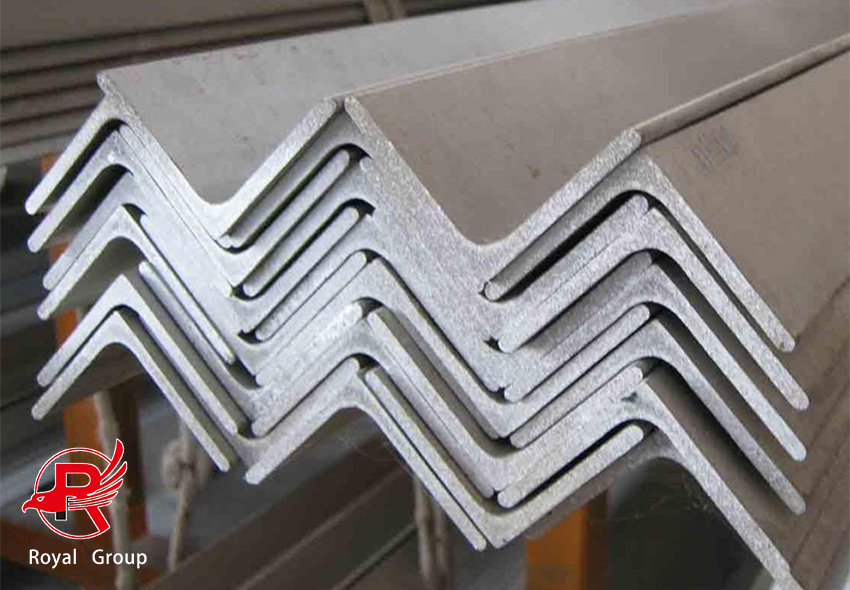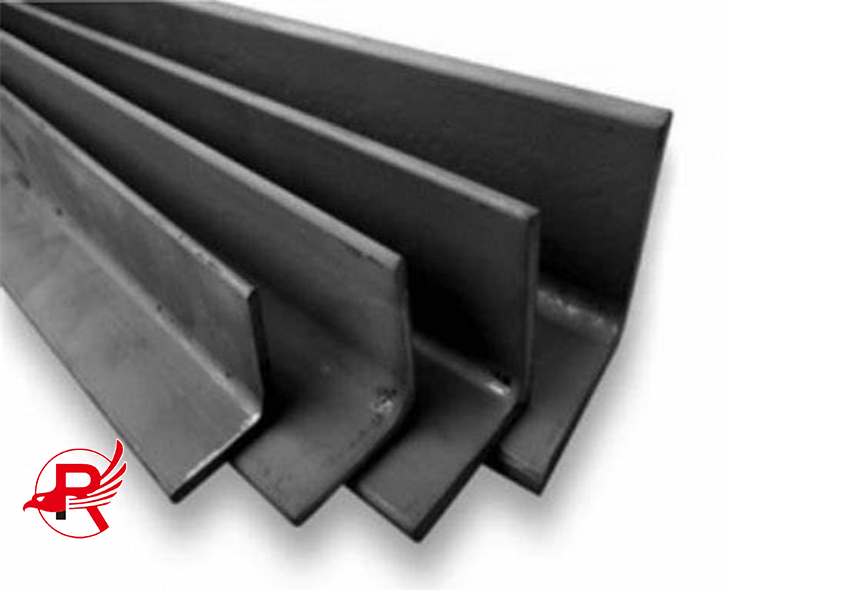ASTM Angles, also known as angle steel, play an important role in providing structural support and stability for items ranging from communications and power towers to workshops and steel buildings, and the precision engineering behind gi angle bar ensures they can withstand heavy loads.

ASTM steel angle bar are available in two types, equal and unequal, depending on the depth of the legs. Unequal angles, also known as L-shaped steel, are typically used when one leg of the angle is longer than the other, while equal angles are used when both legs are equal in length, making ASTM angles suitable for a wide range of structural applications.

In addition to industrial and engineering uses, ASTM galvanized angle bar can be found in everyday items. From industrial shelving to classic coffee tables, this highlights the adaptability and wide applicability of ASTM angles in all aspects of our lives.
The ASTM designation ensures that the angles meet the strict standards set by the American Society for Testing and Materials, meaning they are manufactured and tested to specific mechanical properties, including yield strength, tensile strength, and elongation.


The precision engineering behind ASTM angle proves that the ability to produce angle steel with precise dimensions and mechanical properties is essential to ensure the structural integrity of buildings, towers and other engineering projects. This precision engineering also enables efficient use of materials, reduces waste and optimizes the entire construction process.
Address
Bl20, Shanghecheng, Shuangjie Street, Beichen District, Tianjin, China
Phone
+86 13652091506
Post time: Jul-31-2024
